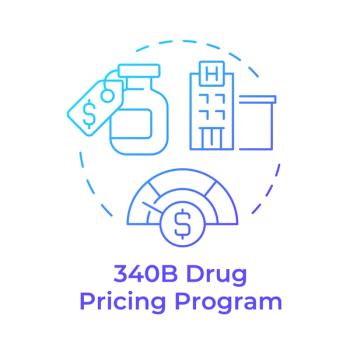
Insurers offering marketplace coverage to rise 25% in 2015
77 new issuers will offer marketplace coverage.
Consumers will have more choices as they shop for quality and affordable coverage on the health insurance marketplace in 2015, because there will be a net 25% increase in the number of issuers offering marketplace coverage in 2015, according to a preliminary Department of Health and Human Services (HHS)
A total of 77 new issuers will offer marketplace coverage.
“The nation's large insurers support the Administration’s view that the ACA has been successful in improving healthcare options for Americans and that they can make money by increasing their participation in the health insurance marketplace,” according to John Santilli, of Access Market Intelligence, which provides market intelligence to the pharmaceutical and healthcare industries.
“An increase in the number of participants on the marketplaces is significant because it signifies the growing strength of the exchange,” Santilli says.
The HHS report looks at preliminary data from 36 states run or fully supported by the federal government (federal marketplace) plus eight states operating state-based marketplaces, and finds that a larger set of insurance issuers will offer plans in the marketplaces in 2015. Specifically:
- In the 44 states for which there is data, 77 issuers will be newly offering coverage in 2015;
- The federal marketplace states alone will have 57 more issuers in 2015; a 30% net increase over this year;
- The eight state-based marketplaces where data is already available will have a total of six more issuers in 2015, a 10% net increase over this year;
- Four of the 36 states in the federal marketplace will have at least double the number of issuers they had in 2014; and
- In total, 36 states of the 44 will have at least one new issuer next year. And some of the nation’s largest insurance companies will be offering coverage in more than a dozen new states, joining the hundreds of insurance companies already participating in the marketplace.
“Exchange participation was viewed as risky by some, so national health plans were very selective in year one, in terms of market entry,” according to Managed Healthcare Executive Editorial Advisor Doug Chaet, Independence Blue Cross senior vice president.
According to Chaet, if you’re a sales/marketing exec, venturing into the exchange means transitioning to a retail marketplace (i.e., selling to individuals vs. companies), “which is very different,” he says.
Additionally, many health plans are still unsure if their new exchange members are high risk or low risk, “as there hasn’t been enough experience to assess,” Chaet says. “Therefore, I suspect the number of new market entries/exits in 2016 will be more telling than 2015.”
Newsletter
Get the latest industry news, event updates, and more from Managed healthcare Executive.


















































